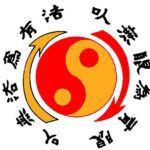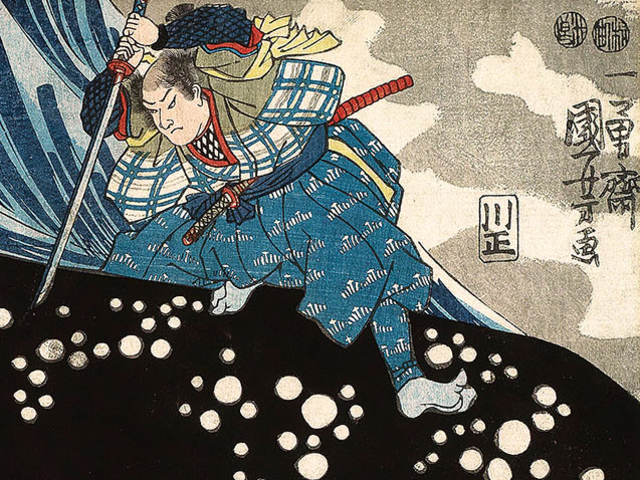3 Historical Martial Artists and Their Contributions to Self-Defense
Yuen Kay Shan – The Resilient Wing Chun Master

Yuen Kay Shan, born in Foshan, China, in 1889, was a highly skilled martial artist and a prominent master of Wing Chun Kung Fu. Renowned for his exceptional fighting abilities and dedication to the art, Yuen Kay Shan’s legacy endures as a true inspiration to practitioners worldwide.
The Development of Wing Chun
Yuen Kay Shan’s contributions to Wing Chun were significant in both preserving and advancing the art. He devoted his life to mastering the techniques and principles of Wing Chun, and in doing so, he became a respected figure within the fighting community.
The 1000 Death Duels
One of the most remarkable aspects of Yuen Kay Shan’s legacy was his reputation as an unbeatable fighter. Engaging in over a thousand duels, he never experienced defeat, earning him the title of the “1000 Death Duel Champion.” His unparalleled skill and fearlessness in combat cemented his place in history as a martial arts legend.
Passing on the Knowledge
Yuen Kay Shan was not only an exceptional fighter but also a dedicated teacher. He passed down his knowledge and expertise to numerous students, ensuring that the art of Wing Chun would continue to flourish for generations to come.
Miyamoto Musashi – The Legendary Samurai Swordsman
Miyamoto Musashi was a Japanese swordsman and ronin, widely regarded as one of the greatest swordsmen in history. Born in 1584, Musashi’s martial prowess and strategic genius set him apart as a true master of combat.
The Art of Kenjutsu
Musashi’s expertise lay in the art of kenjutsu, the Japanese sword-fighting technique. He developed his own unique style known as Niten Ichi-ryu, which emphasized the use of two swords. Musashi’s innovative approach to combat and mastery of the katana solidified his reputation as a formidable swordsman.
The Path of the Warrior
Beyond his physical abilities, Musashi was also known for his philosophical insights. He wrote “The Book of Five Rings,” a treatise on strategy and martial arts, which remains a classic text in Japanese literature.
Bruce Lee – The Martial Arts Icon

No list of historical martial artists would be complete without mentioning Bruce Lee, an iconic figure who revolutionized the perception of martial arts in the West.
The Evolution of Jeet Kune Do

Bruce Lee is widely credited with founding Jeet Kune Do, a martial artists philosophy that encourages practitioners to embrace what is useful and discard what is unnecessary. Jeet Kune Do emphasizes adaptability and the integration of various techniques from different fighting styles.
Breaking Cultural Barriers
Bruce Lee’s impact on popular culture and film was monumental. Through his movies and television appearances, he introduced martial arts to a global audience, inspiring countless individuals to pursue the path of self-discovery through martial arts.
The Martial Artists Philosopher

Beyond his physical prowess, Bruce Lee was a deep thinker and philosopher, advocating for personal growth and self-expression through martial arts. His wisdom and insights continue to resonate with practitioners to this day.
Conclusion
The historical martial artists we have explored in this article left an indelible mark on the world of self-defense. From Yuen Kay Shan’s exceptional Wing Chun skills and Miyamoto Musashi’s legendary swordsmanship to Bruce Lee’s revolutionary approach to fighting, each of these figures contributed to the evolution and popularity of fighting styles.
As fighting enthusiasts, we can draw inspiration from these great masters, not only in our training and techniques but also in our dedication to personal growth and self-discovery. Their legacies serve as a reminder of the profound impact that martial arts can have on one’s life, transcending physical skills to encompass philosophy, discipline, and a way of being. Let us continue to honor and learn from the contributions of these historical martial artists as we journey on the path of self-improvement through the pursuit of excellence.

